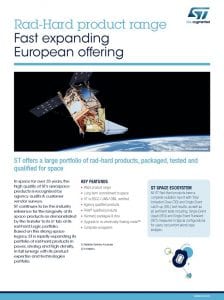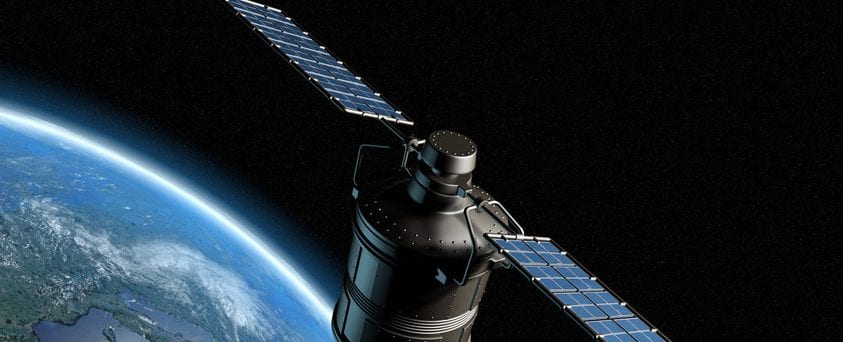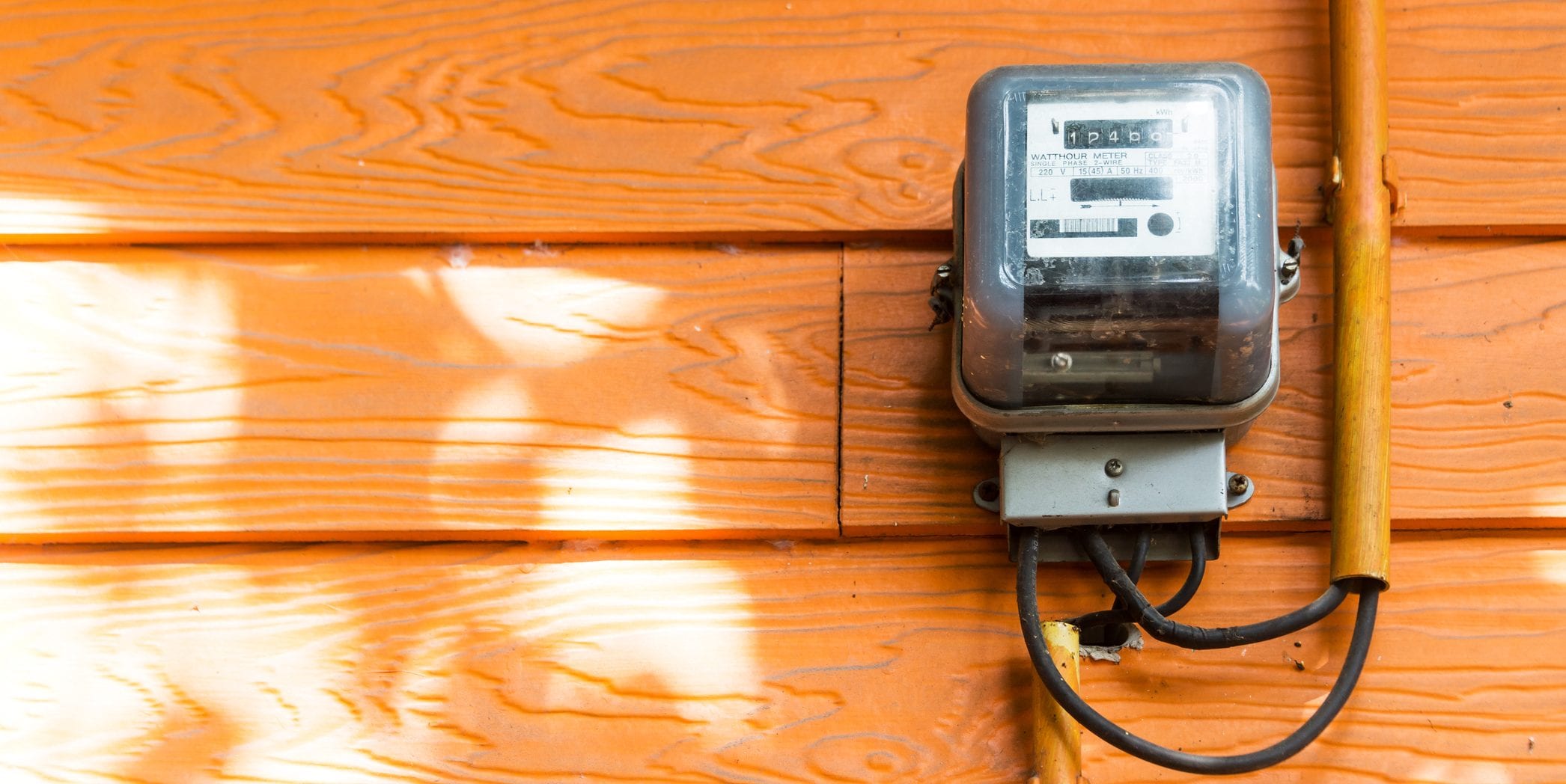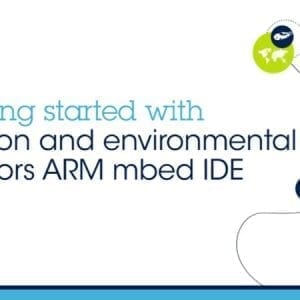For satellites and other electronics, space is a very harsh environment. First, they must survive enormous acceleration forces and vibration to get there. Then , systems and the electronics inside them are subjected to high levels of radiation from the full range of photons, neutrons, electrons, and ions traveling through the vacuum that is space. For systems to operate reliably in this environment, designers of space systems must use ICs and semiconductors built with extreme resistance to these many challenges.
In October, space system engineers and designers will have several opportunities to update their knowledge and skills with several conferences and workshops presenting new technologies and products across Europe and Asia. Of course, ST’s Space Products Team and radiation hardening experts will be there, offering insights gleaned from having delivered to the Aero and Space market more than 5 million high-quality products over 35+ years. These ICs and semiconductors have collected tens of millions of flight hours.
The ST team will be presenting our range for Space and Aerospace applications at:
- RADECS at the CERN (European Organization for Nuclear Research) in Geneva (Switzerland), October 2-6. ST will be located at booth 4.
- MEWS in Tsukuba (Japan) on October 18-19. ST will be located at booth 3 and will present highlights of its next generation of products and technologies for space applications at a 3pm session on Oct 19.
- Space Tech Expo Europe in Bremen (Germany), October 24-26. ST will be located at booth B71.
On show for ST will be its industry-leading technologies, including rad-hard analog and power products with best-in-class radiation and electrical performance, as well as high-density ASIC & ASSP radiation-hardened design platforms. In fact, ST will be showing three of its recently QML-V (considered to be the highest qualification for space integrated circuits) qualified devices, including 2 low-side gate drivers useful for controlling LEDs, relays, and motors directly from the MCU:
- The RHRPM4423/RHRPM4424 rad-hard dual low-side gate driver (within the Standard Microcircuit Drawing (SMD) 5962-99511 and 5962-99560), qualified and available in both 16- and 10-pin versions with either gold or solder-dip finishing with up to 4.5 A per gate sink/source capability.
- The RHF200 rad-hard 420 MHz fully differential amplifier (within the Standard Microcircuit Drawing (SMD) 5962-17210), an ideal solution for many instrumentation designs in satellites, especially those using CCD sensors for HD imaging. Key features include high input impedance, very fast settling time, integrated gain, and to meet the unique challenges of space, excellent stability in total dose up to 300 krad (Si) and immunity to heavy-ions (SEL^-free up to 120 MeV.cm²/mg).
- The RHRDAC1612, a 100 krad(Si) Sigma-delta 16-bit ENOB^^ DAC converter just QML-V qualified (SMD: 5962-16211). Primarily aimed at instrumentation and telemetry applications, its key features include very high accuracy (SNR = 96dB and ENOB = 16-bit at 3KHz bandwidth) and high flexibility, it is capable of load regulation and waveform generation. A serial input allows the RHRDAC1612 to fit in a Flat-24 package to minimize real estate. Specifically designed for space in ST’s 130 nm HCMOS9A process, it is SEL immune up to 110 MeV.cm2/mg and has and SET^^^ and SEU^^^^ saturated cross-section of 1.106 MeVcm2/mg.
If you’re attending any of the Space events above, come see us and if you’re interested in learning more about ST’s space-qualified products and technologies, visit http://www.st.com/space.
Definitions
^ SEL – JEDEC defines Single Event Latchup as an abnormal high-current state in a device caused by the passage of a single energetic particle through sensitive regions of the device structure” that results “in the loss of device functionality. SEL can cause permanent damage to the device. One example of SEL in a CMOS device occurs when the passage of a single particle induces the creation of parasitic bipolar (p-n-p-n) shorting of power to ground.
^^ ENOB – Effective Number of Bits
^^^ SET – A Single Event Transient results from one or more voltages pulses (i.e. glitches) propagating through a circuit without resulting in a change of state, as in a memory.
^^^^ SEU – If a SET propagates through a circuit and results in an incorrect value being latched in a sequential logic unit, it is then considered a Single-Event Upset.




